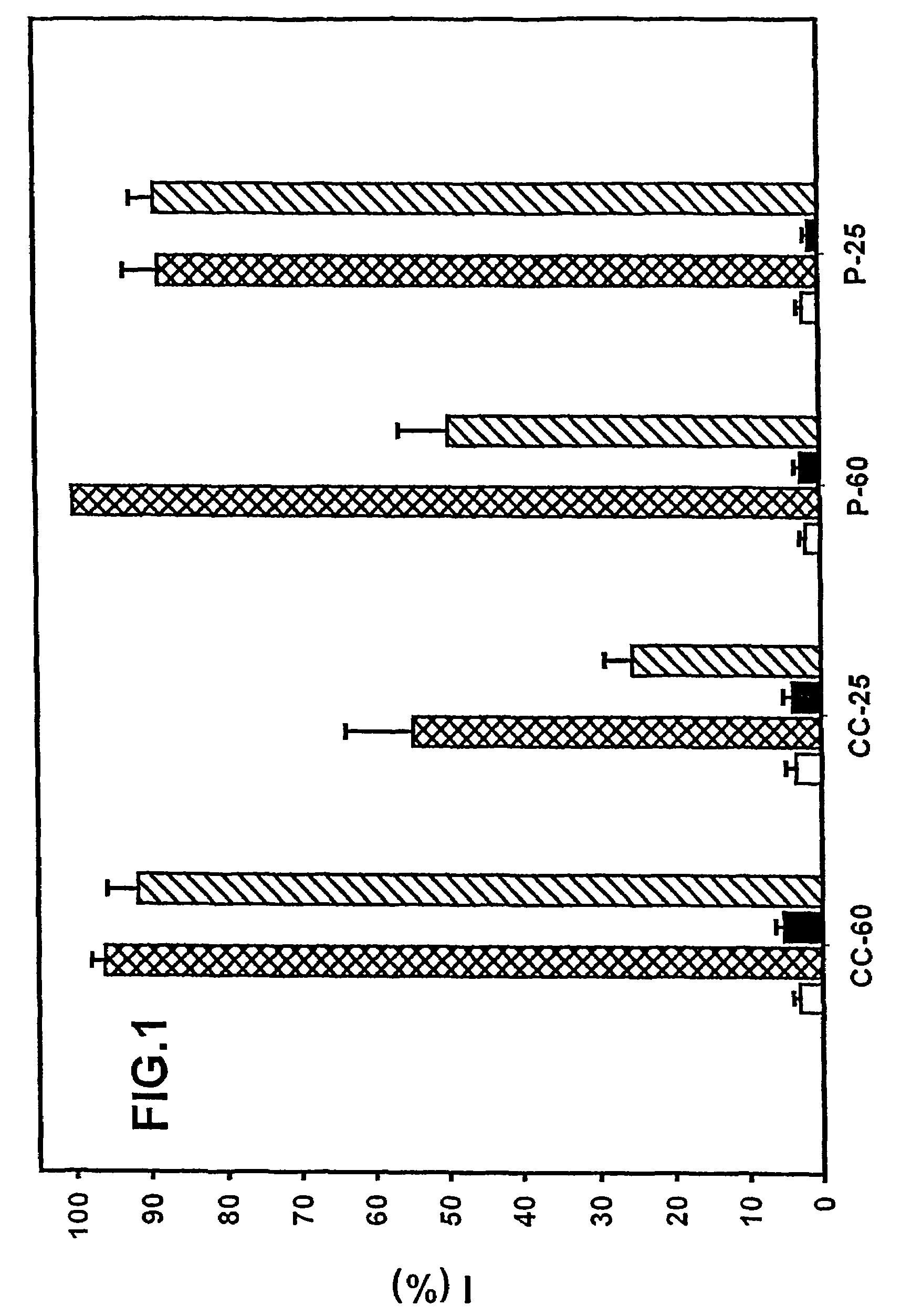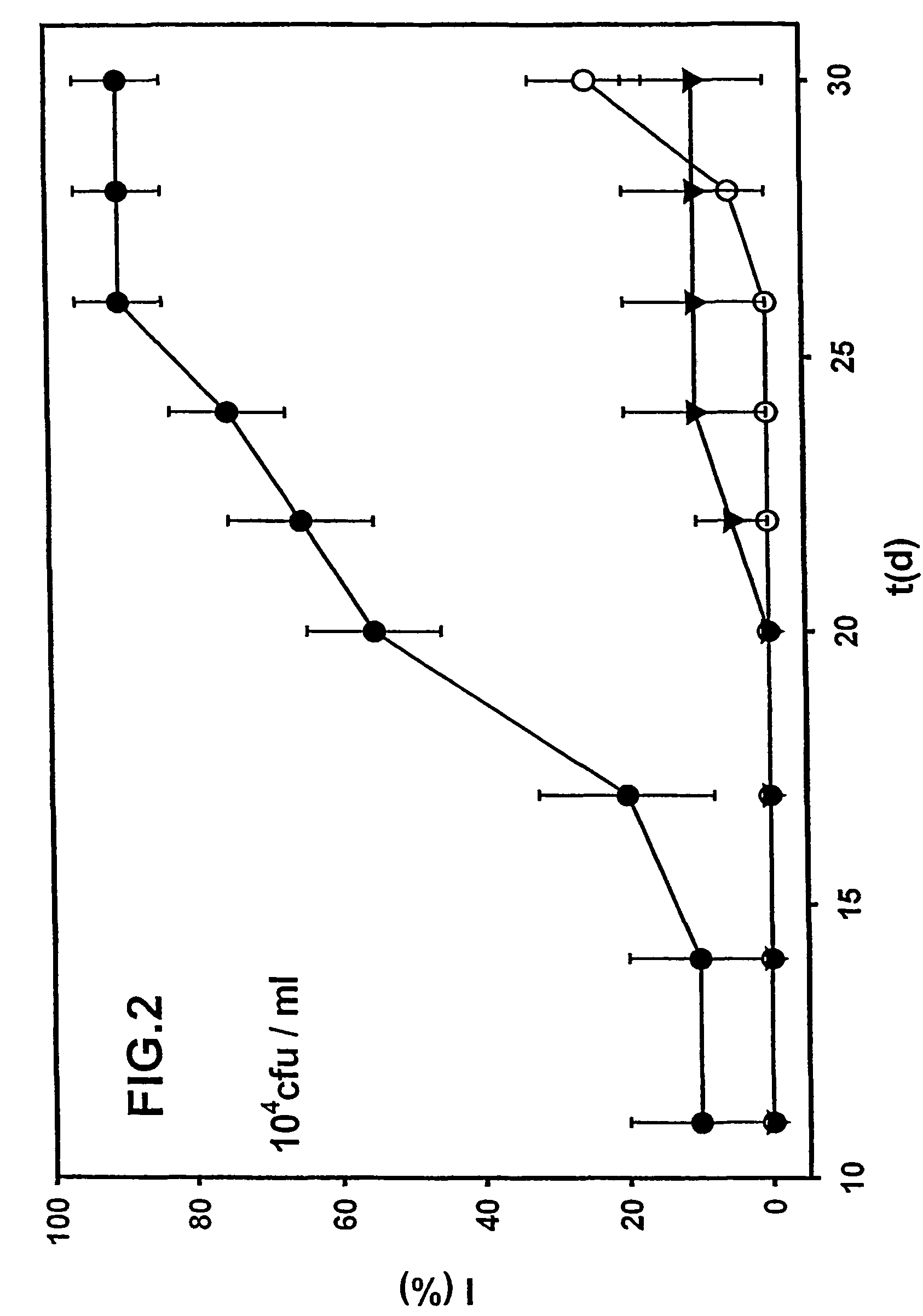Substrates containing a Trichoderma asperellum strain for biological control of Fusarium and Rhizoctonia
a technology of trichoderma asperellum and fusarium, which is applied in the field of substrates containing a trichoderma asperellum strain for biological control of fusarium and rhizoctonia, can solve the problems of poor energy source of media, severe losses on many crops, and inability to suppress plant diseases
- Summary
- Abstract
- Description
- Claims
- Application Information
AI Technical Summary
Benefits of technology
Problems solved by technology
Method used
Image
Examples
Embodiment Construction
[0016]1. Isolation and Characterization of the Trichoderma asperellum Isolate
[0017]The method used for the isolation of Trichoderma spp. was serial dilution plating on a modified Potato-Dextrose-Agar (PDA plus. chlortetracycline, 50 mg / l, and tergitol NP-10, 1 ml / l). Colonies of Trichoderma spp. were identified by stereomicroscopy using the keys of Rifai (cf. M. A. Rifai, “A revision of the genus Trichoderma. Commonwealth Mycological Institute”, Mycological papers 1969, no. 116, pp. 1-56), and single spore cultures of the isolates were obtained. The identification of the isolate T34(2) as Trichoderma asperellum was performed by sequencing the internal transcribed spacer 1 (ITS1), adjacent to 5.8S rRNA gene (M. R. Hermosa et al., “Molecular characterization and identification of biocontrol isolates of Trichoderma spp.”, Applied and Environmental Microbiology 2000, vol. 66, pp. 1890-1898). The ITS1 sequence accession number for this isolate is AJ278564 (EMBL Nucleotide Sequence Databa...
PUM
 Login to View More
Login to View More Abstract
Description
Claims
Application Information
 Login to View More
Login to View More - R&D
- Intellectual Property
- Life Sciences
- Materials
- Tech Scout
- Unparalleled Data Quality
- Higher Quality Content
- 60% Fewer Hallucinations
Browse by: Latest US Patents, China's latest patents, Technical Efficacy Thesaurus, Application Domain, Technology Topic, Popular Technical Reports.
© 2025 PatSnap. All rights reserved.Legal|Privacy policy|Modern Slavery Act Transparency Statement|Sitemap|About US| Contact US: help@patsnap.com



